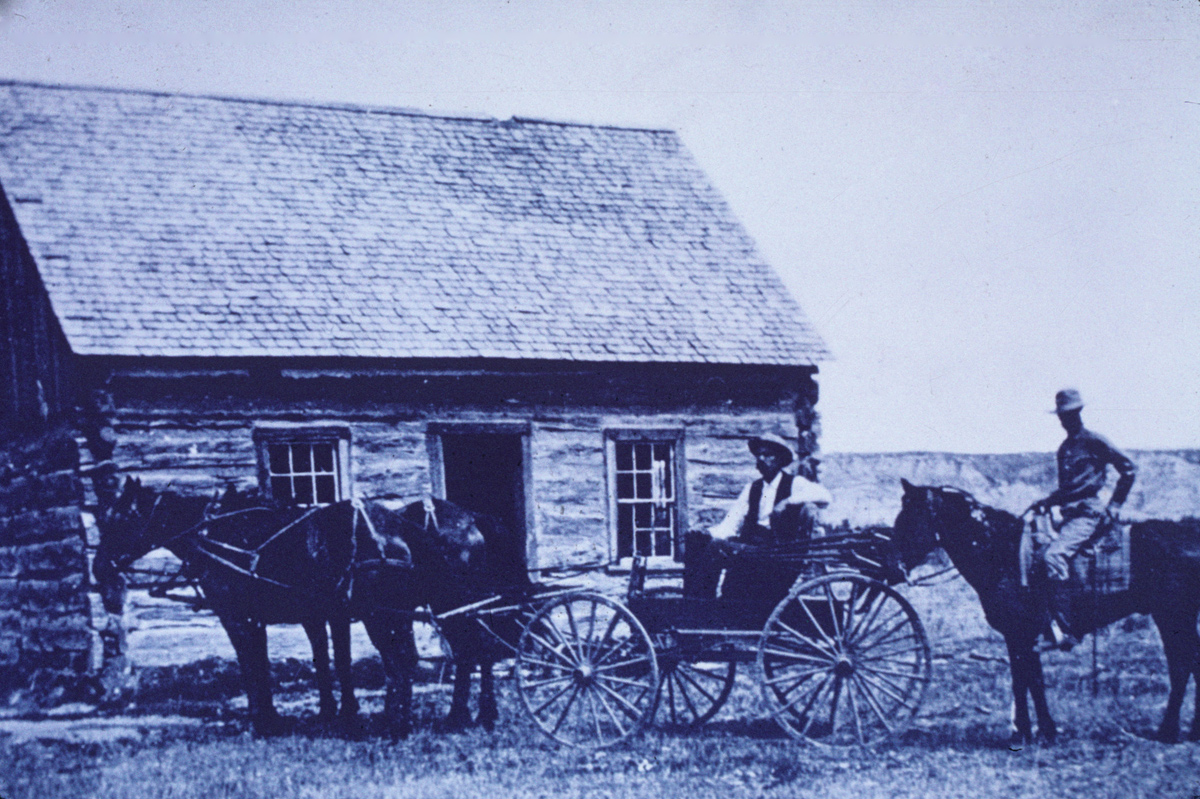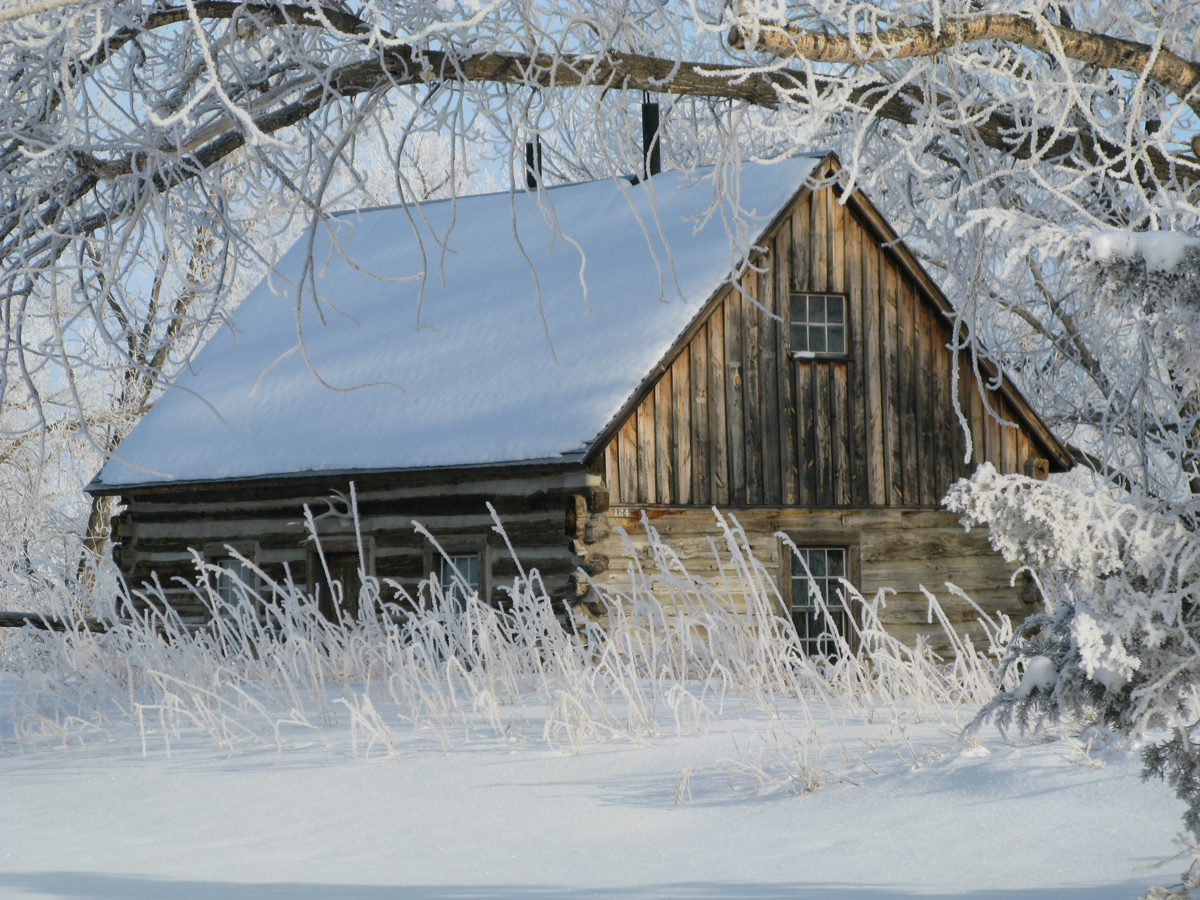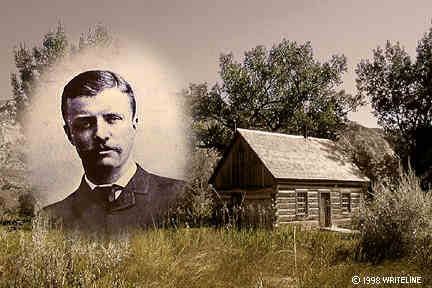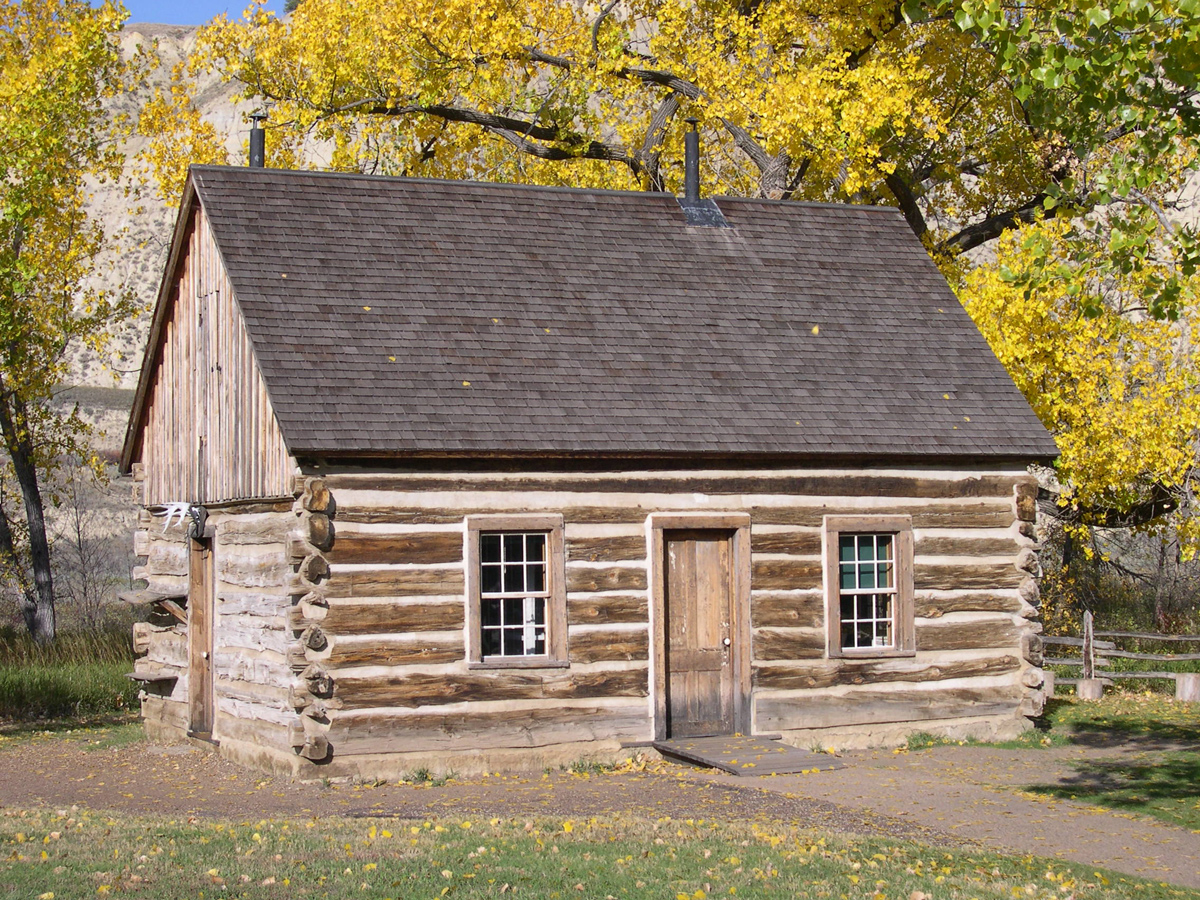Maltese Cross
Cabin
At the dawn of the 20th century in
1901, Theodore Roosevelt became the 26th president of this nation and, finally,
one of its greatest conservationists. It was here in the desert
area of North Dakota in 1883, arriving for the first time in hundreds of bison.
Before leaving, he had acquired primary interests in the
Cross of Malta or Chimney Butte Ranch. Roosevelt thrived on the
vigorous outdoor life, and the Cross of Malta, participated actively in the life
of a cowboy job.
The Maltese Cross Cabin Ranch was
originally located about seven miles south of Medora in the forest below to the
lands of Little Missouri River. A Roosevelt ranch managers
and application Sylvan Ferris Bill Merrifield built cabin half past one full
story with a tiled roof and a cellar. trunks constructed of durable
ponderosa pine that had been cut and floated in the Little Missouri River, the
cabin was considered somewhat of a "mansion" in his days with wood floors and
three rooms independent (kitchen, living room and bedroom Roosevelt).
The steeply pitched roof, a rarity in the northern plains,
created a loft above for the laborers.
A series of articles in the cabin
today belonged to Theodore Roosevelt. Those who are not in the same
period of time and would be a typical furnishings of the
time.
A
prolific writer, Roosevelt spent many lamp hours on working the front desk in
the room recording their memories and recollections of life badlands.
The cage in the living room doubled as a library and a
folding table to enjoy writing two main passions Roosevelt, reading and writing.
The traditional rocking chair in the living room, in all
likelihood Roosevelt, was his favorite piece of furniture.
A
wicker trunk clothes lined canvas belonging to Teddy Roosevelt is in the
bedroom.
Roosevelt actively ranched in the badlands until 1887 but
maintained an interest in the growing area until 1898.
Later he developed a conservation program of the presidency
deeply reflected their experiences here in the West, where he had become well
aware of the need to conserve and protect our natural
resources.
During Roosevelt's presidency, the
Maltese Cross cabin was exhibited in Portland, Oregon and St. Louis.
He was taken to the base of the
state capitol in Bismarck. In 1959, the cabin was moved to
its present site and renovated.
His ranch in second place, the Elkhorn is situated
approximately 60 miles north of Medora.
Elkhorn
Ranch
Theodore Roosevelt came to the Badlands of North Dakota in
September 1883 to hunt buffalo. At the end of his hunting
trip he had entered the cattle business with the purchase of the fireplace Butte
Ranch, also known as the Rancho de la Cruz of Malta.
Five months later his wife, Alice,
and her mother died the same day. Pain affected, Roosevelt
decided to leave the East and increased its interest in the cattle business.
In March 1884 he wrote to Bill
Sewall, online hunting on a hunting trip in early Maine. "I hope my Western company goes
well If you do, and I'm sure you'll do well for yourself to go out with me I'll
take you and Dow (another man of the woods of Maine who had served as
Roosevelt's guide) the month of August. Of course it depends on how well you
have managed cattle during the winter. The weather has been very hard and I'm
afraid you have suffered a little,. If the loss has been very strong I will have
to wait another year before we get into it at a larger scale So far, the plan is
doubtful. "
After attending the Republican
convention in June 1884, where the candidate was lost support, Roosevelt left
for Dakota territories. His cattle had wintered
very well and in 1000 decided to put my head over and "get my regular business .
" During his visit, Roosevelt
selected the site of his ranch in second place, naming it the Elkhorn.
He bought the rights to the site,
located thirty miles north of Medora, from the previous occupant for $
400.00
In mid-October Sewall and Dow had
moved into the Elkhorn Ranch site and log cutting and harvesting of poplar for
the ranch house. of work during the winter,
construction was completed in spring 1885. The house was 30 feet by 60
feet, with walls seven feet high, and contains eight rooms and a place (porch)
along the east wall. Several buildings were built on
the site: a barn consisting of two 16 x 20 blocks with a 12-foot indoor space to
connect, a cattle shed, chicken coop and a blacksmith
shop.
In August 1885 Dow visited his
home in Maine and returned to the Elkhorn with his wife and Mrs. Sewall, and the
young daughter of Sewall. In 1886, women bore children at the
ranch.
Operates Sewall and Dow Roosevelt's ranch until the autumn
of 1886 when he returned to Maine, after "balance the books" with Roosevelt.
Roosevelt became the running of
the Elkhorn Ferris and Merrifield Sylvan Bill, to their managers at the Cross
Ranch of Malta.
After the disastrous winter of
1886-1887, Roosevelt lost approximately 60% of their livestock.
He kept his two ranches, but at
least until 1890, Elkhorn was its hub. After a visit in late
summer to Elkhorn in 1890, Roosevelt apparently abandoned ranch.
On October 20 Sewall wrote, "...
This is the last year I will keep open the ranch house, I just separated from
Sylvan Merrifield will take care of livestock now ..
"
Last visit Roosevelt knows
that Elkhorn was in 1892. He sold the farm and
buildings in Sylvan Ferris in 1898. Gradually, the buildings
were stripped of their furniture and, according to a local Stockman in 1901 "All
the waste from Elkhorn Treasury had disappeared with the exception of a couple
of half-rotten foundations."
In his writings Theodore Roosevelt
often referred to as the Elkhorn "ranch". His vivid descriptions of
the same, and ranch life, enable his readers to imagine what it must have
been.
Information provided by the
National Park Service
(...) En 1884, después de haber perdido a su esposa y la madre el mismo día y en la misma casa, Theodore Roosevelt a los 26 años salió de Nueva York y se fue al oeste a su remota cabaña de Cruz de Malta, que se muestra aquí, con la esperanza de escapar de los recuerdos y del sórdido dolor que sentía. (...)








No hay comentarios:
Publicar un comentario